From the Land of Tulips, Stroopwafels and Polders
by Daryln Sia
STUDY ABROAD
MArch. TU Deflt. Netherlands
11/5/20255 min read

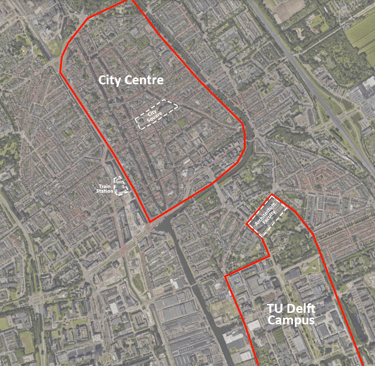
For a city girl who is used to the soaring concrete highways, insane traffic jams, and towering skyscrapers commonly found in Kuala Lumpur, Delft could not be any more different. I like to exaggerate and say that Delft is really just a town with four streets running in one way, intersecting with another four streets running in the other way, with a town square in the middle of it, equipped with a city hall (stadhuis), and a church (kerk). But with its beautiful canals and age-old brick buildings, little pockets of greenery, and gezellig cafes and bars, Delft easily became a new home for me, despite it being a 14-hour plane ride away from sunny, tropical Malaysia.

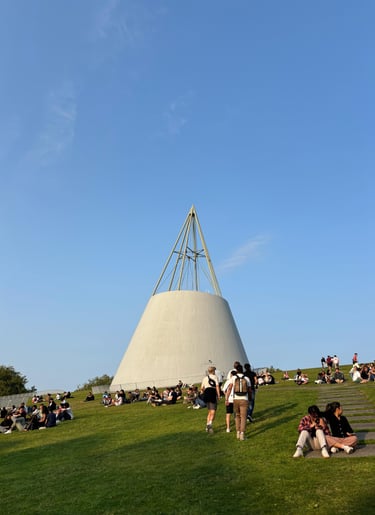
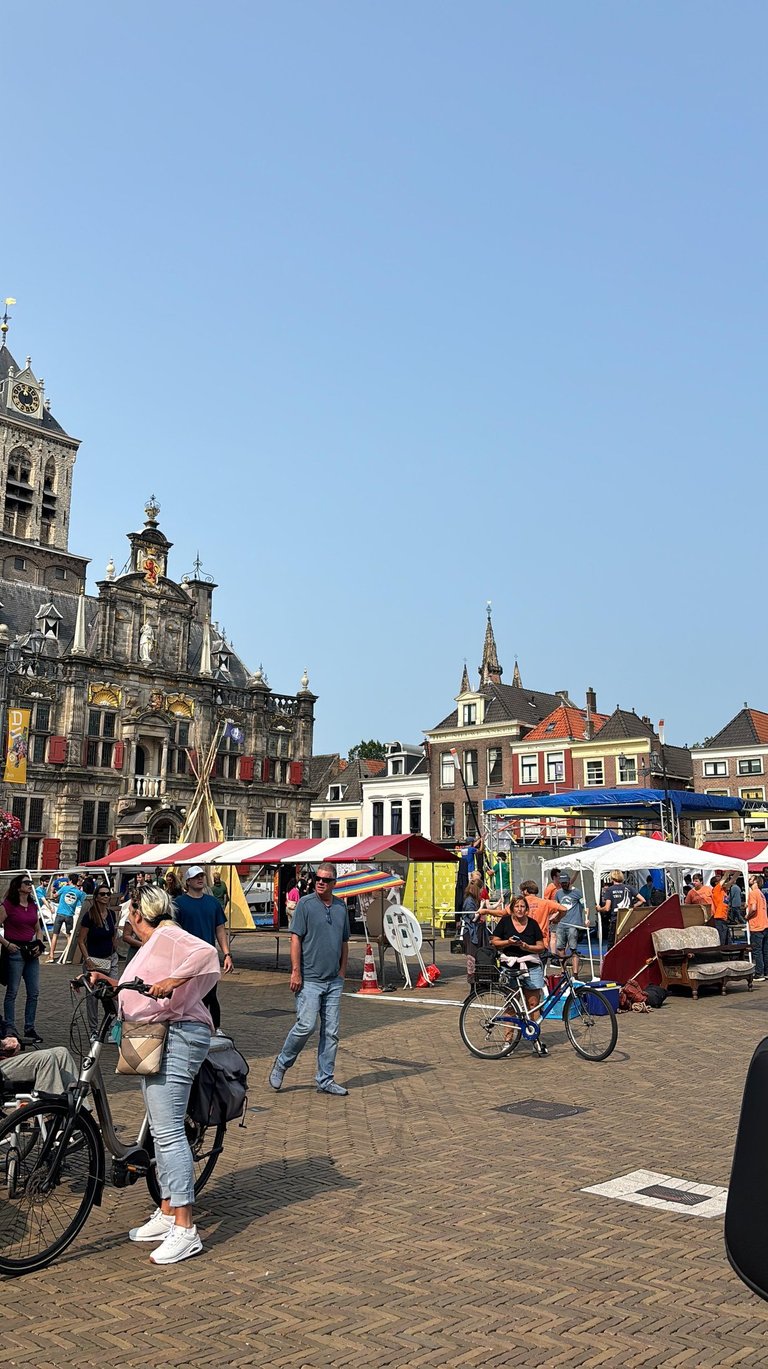

An overview map of the campus in spatial relation to Delft’s city centre, extracted from Google Earth.
The library of the university, a notable landmark with a fully accessible roof. It’s common to find students lazing on the roof when the weather is good, and it occasionally becomes a place for movie-screenings.
An activity market in the city centre held during orientation week. On Saturdays, the city centre also hosts a farmers market and, from late-spring until early-autumn, an antiques market which sprawls along nearby canals.
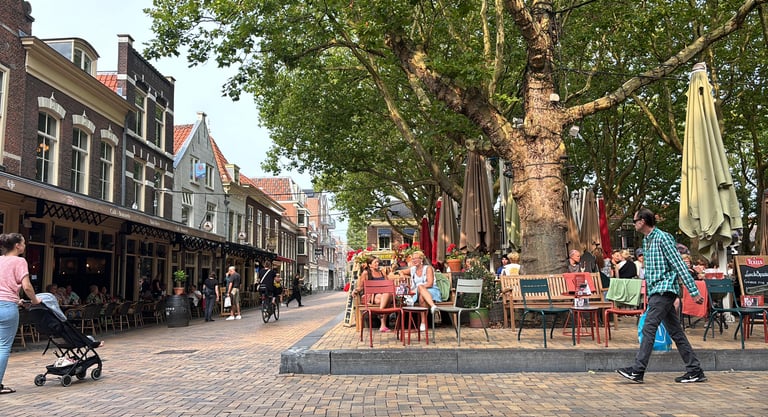

Beestenmarkt, a small courtyard enclosed by plenty of pubs and a place for the public to gather for drinks and chit-chat.
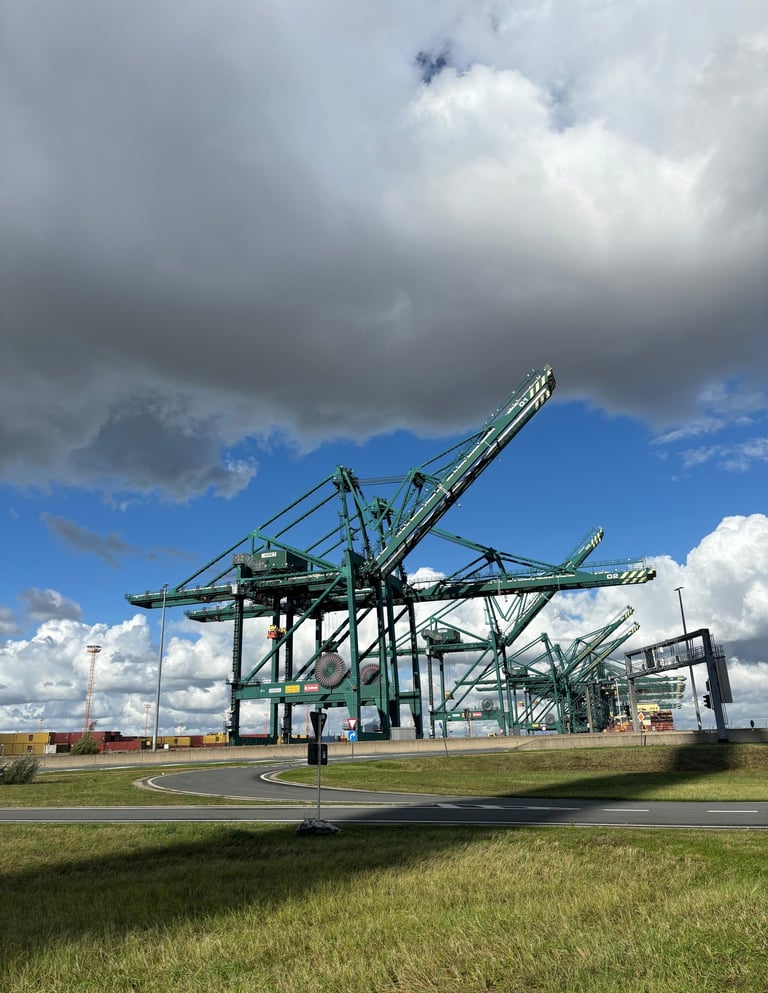

My past year being a master’s student at the Technical University of Delft has been nothing short of memorable. What compelled me towards the architecture programme at the TU Delft was perhaps the variety which the school offered, allowing its students to undertake multiple approaches in the field of architecture depending on one’s own interest and preference. That was the reason why I decided to go for the Borders and Territories studio in my first semester, because the unique condition of designing an institute along the border region of two or more countries – in my case, Belgium and the Netherlands – posed an interesting design challenge. There was definitely a learning curve to adapt to in my studies here, with the need to source for information and data of not only one, but two countries simultaneously (not to mention that many sources had to be searched in their respective languages).
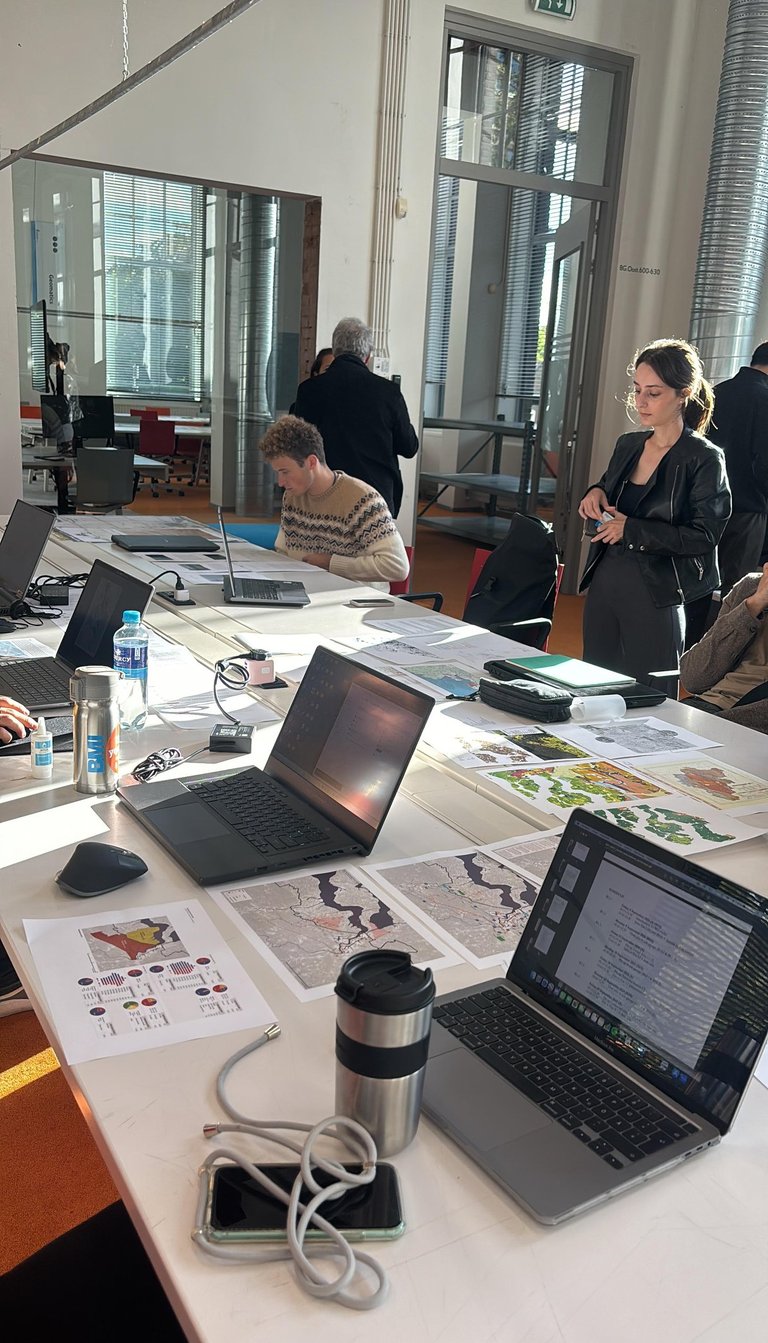

Early mapping exercises prompted investigations into the site through a territorial scale within the Borders and Territories studio.
Logistical infrastructure at the Port of Antwerp.
Of course, being in Europe came with a perk – the ease of travel, which was appreciated during the studio’s excursion to multiple sites of interest along the border of the Netherlands and Belgium. We had the opportunity to better comprehend the Dutch polder landscape and its functions, the Scheldt River and the port of Antwerp, and the effects of dredging and the threats of rising sea levels in this vulnerable region. We also took the opportunity to visit several preserved historical sites, from fortifications, to bunkers, and even climbed up a luchtwachttoren (air watchtower), which was used by the Dutch military to scan the airspace for Russian aircraft during the Cold War. That site excursion was the very first trip I had ever taken during my stay abroad, and I have now visited several more places which all helped me to grasp a better understanding of the European context.

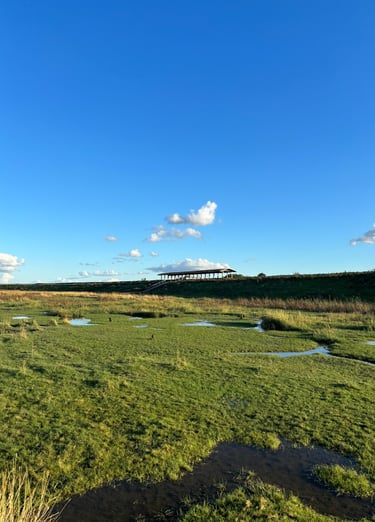
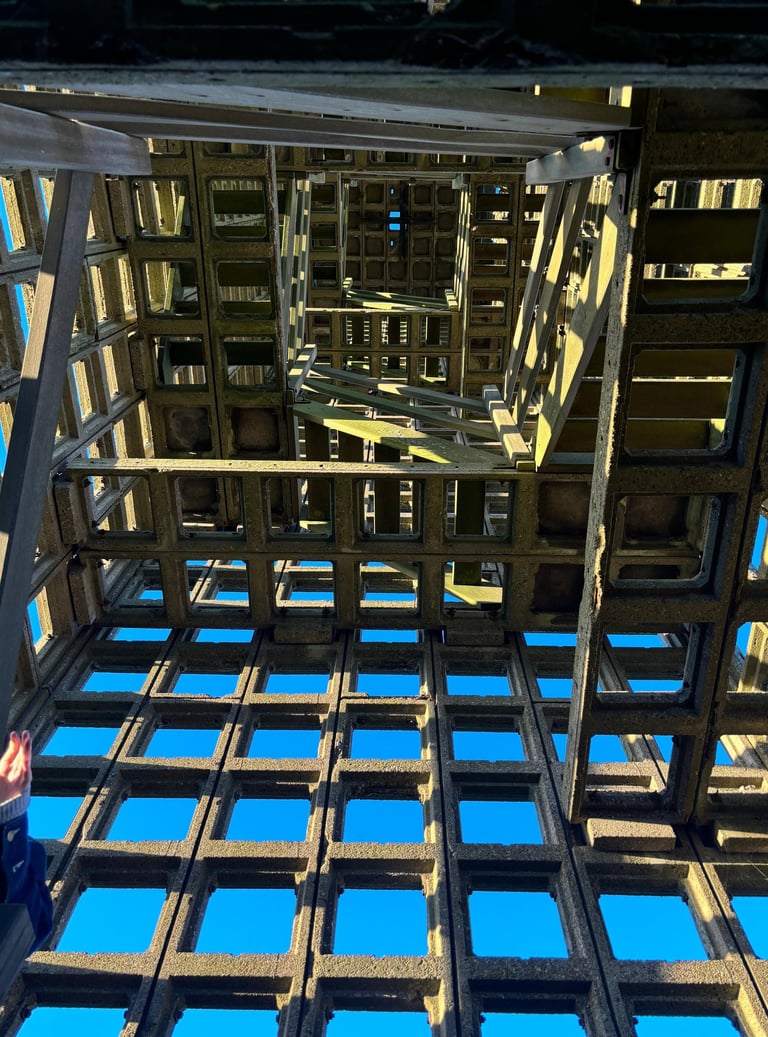

Inside a luchtwachttoren.
Walking in the Drowned Land of Saeftinghe, where a portion of land has been surrendered back to the sea and allowed to be inundated.
Travels aside, I found myself easing into living in Delft. Compared to Kuala Lumpur, it’s definitely small, but it is also advantageously positioned between two bigger cities: The Hague towards the northwest, and Rotterdam towards the southeast. The Netherlands itself is a small country, too — easy to explore if one finds himself bored. With Delft being a student-city though, it is still a lively and bustling place, so I personally rarely find myself losing interest with what the city has to offer. I have particularly grown to appreciate how an abundance of green and blue spaces is integrated into the built environment – something which I couldn’t quite notice back home – and it was very refreshing to see how these green and blue infrastructures additionally support socio-recreational activities of the people here; for example, the nearby canal serves as the training grounds for the local rowing team, or even become a wave-pool for surfers to enjoy. Being able to tangibly witness and experience how the public interacts with the built environment — and also seeing how the built environment is designed in such a way that encourages such interactions — has definitely played a crucial role in further shaping my architectural lens.
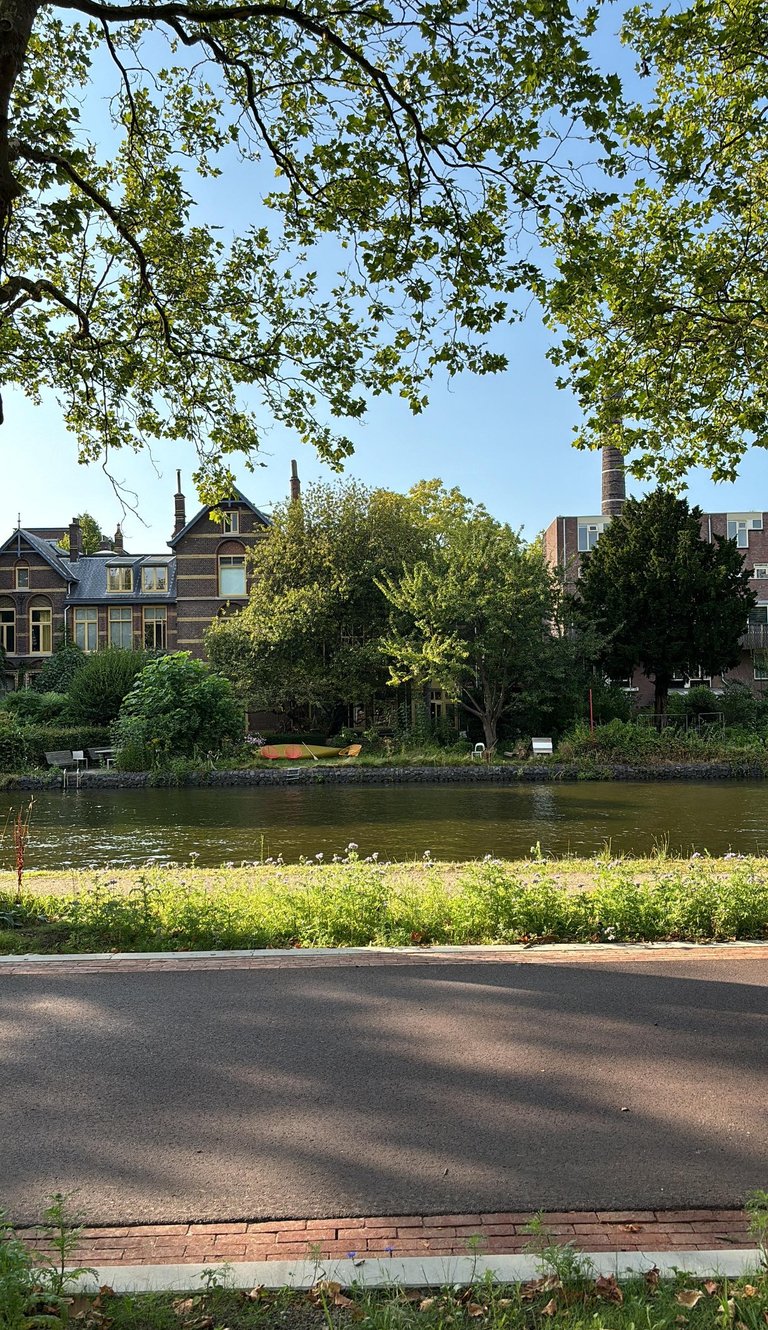

Final project pin-up in studio.
The canal near my residence which has become a practice ground for the local rowing team.
A curiosity for the art of observation then prompted me in my selection of my second studio for the year: Towards an Inclusive Living Environment (and yes, it is indeed a mouthful!), with its design methodology centred around human ethnography. The issue was simple and the site was close by: in The Hague, a series of four social apartments for the elderly sit along a busy and bustling road, too far apart from one another to support a social environment for aged residents who tend to face mobility issues, and separated from the immediate neighbourhood across the street. The studio, however, encouraged us to talk and interact with the existing residents of the apartments to understand their frustrations and grievances, along with tackling this challenge alongside the local housing association, the architectural firm already-involved in this project, and the city’s municipality, who all weighed in our progress and proposals throughout. The studio was practical, collaborative, interdisciplinary — but most importantly, it was empathetic. It gave the residents a platform to speak, and the students an opportunity to listen. That, I found invaluable.
Alas, here I am, at the midpoint of my master’s programme and enthusiastically looking forward to what else being at the TU Delft has to offer. There is always something new to see and learn from, and I am grateful to have the opportunity to experience a place which complements my design ethos and to study at a school which challenges me to take it further.
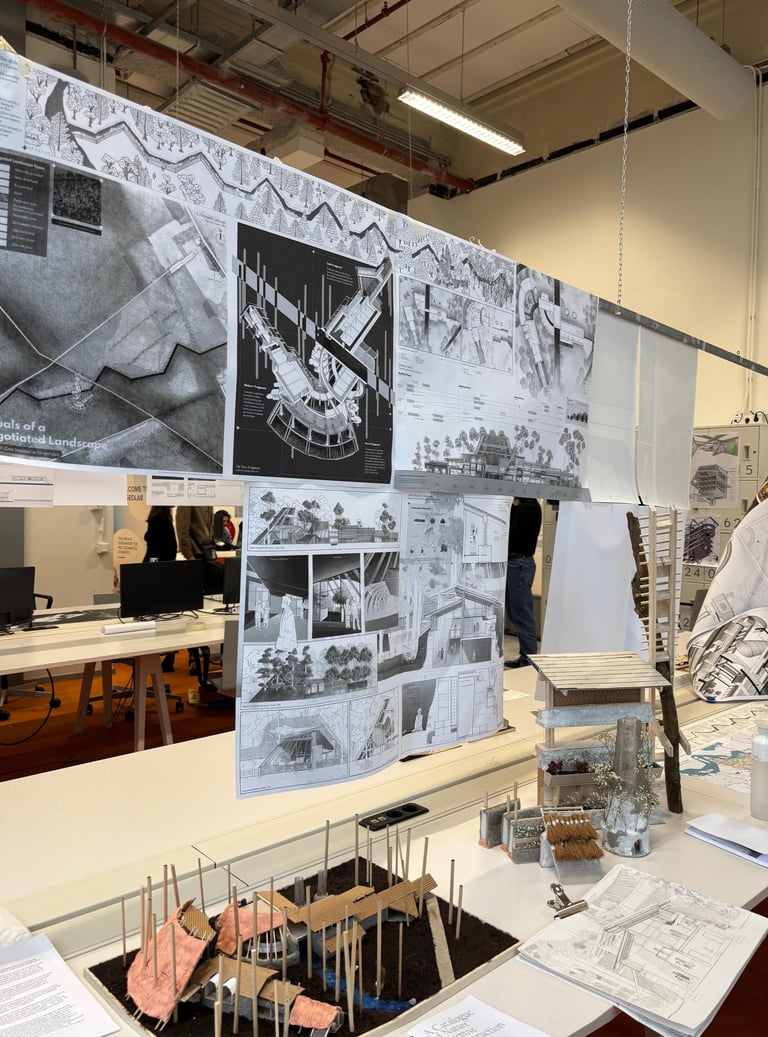



Surfers enjoying a wave pool in Rotterdam.
